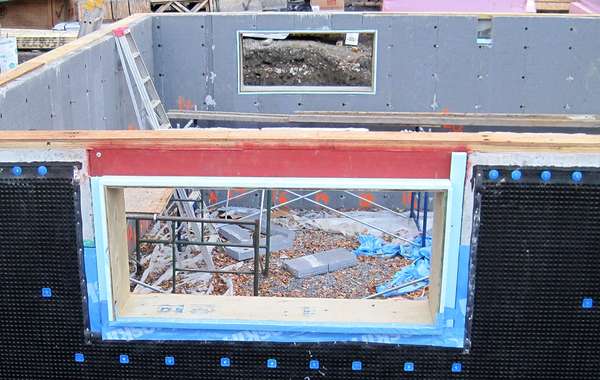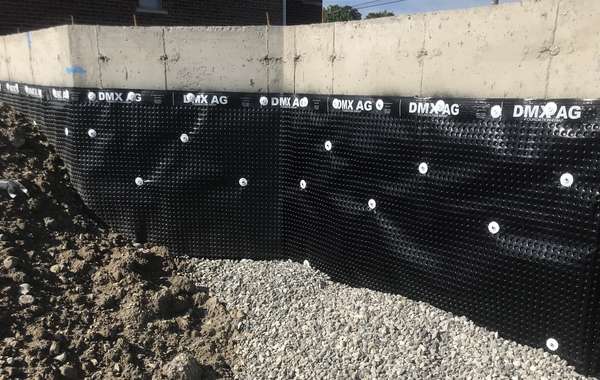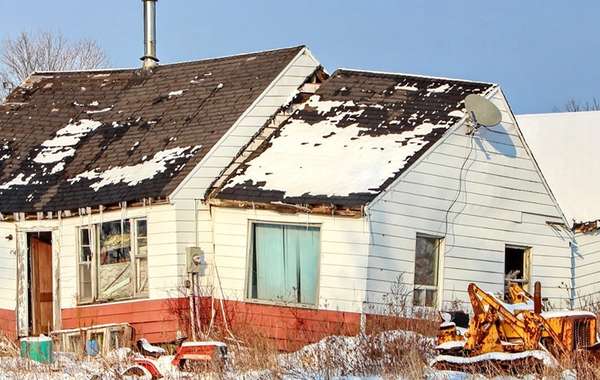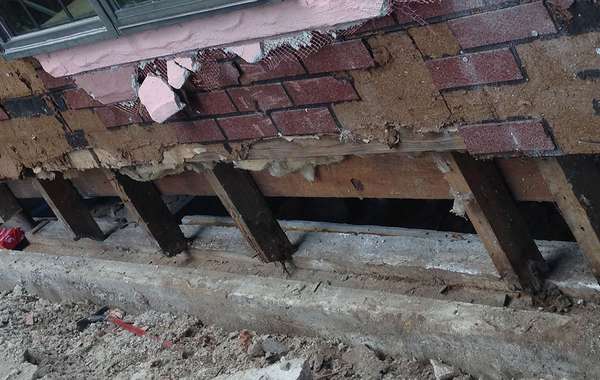What’s the best insulation system for a brick/masonry basement foundation wall?
I have brick/masonry basement foundation walls. I read in one of the responses regarding a stone and mortar wall that installing rigid foam insulation may impact the mortar because it could get colder than it had previously and cause damage. Home is 100 years old and was finished previously but no insulation, just studs against the brick and drywall. We have installed a drain tile and dimple board along the uphill wall of the basement where we'd have intermittent water issues. Thought about drylok but don't want to trap the moisture in walls. Then thought about dimple board the full height to allow some drying space for the brick wall, but worried I would create an air draft or a condensation point where the water could run down the inside of the dimple board. So basically wanting to insulate while preventing future mold/musty smell issues while not creating an issue where I degrade the brick or make things worse. Thanks!




























There is a risk when insulating old stone or masonry foundations as you’ve read, did you inspect it or have it inspected to see if the mortar was in good shape or cracked? Other than the amount of insulation that is often an important question with stone or block foundations, you would be best to follow the same practices as any other basement renovation or finishing job to avoid the usual mold build up in walls caused by misuse of vapor barriers. If you haven’t found that yet see here –
How to prevent mold when insulating basements
And the short story is – We prefer mineral wool insulation on basement walls as it handles moisture better that fiberglass, but also don’t put a vapor barrier on right behind the drywall. If there is moisture in the wall it is way better to let it escape so it doesn’t rot the wood.
Exterior insulation on basement walls is best if you can, is that possible in your case? There is greater cost with exterior insulation as you need to excavate, but it does offer better performance and is a safer route when insulating old foundations. Another small advantage that you may consider, is adding a perimeter skirt insulation. This requires far less excavation, but to quickly describe what I mean – if you were able to dig down a foot or so and lay a flat sheet of rigid foam insulation as a skirt around the foundation it will keep the soil below it warmer, and help prevent any damage from the freeze / thaw cycle.
Look over that page and if you have more questions let us know, we’re happy to help.
Emmanual, thanks for the response. I read through those pages. I might go the exterior route down the road, but right now we have regraded around the house and extended downspouts out away from the house and repaired our neighbors downspouts and routing away from our houses to mitigate some of the external factors. I am still not confident / clear on the interior, the brick walls and mortar all appear to be in good condition. My basement is somewhat raised (3.5 ft above grade and ~4 ft below grade) and the wall with the moisture issues has been addressed with a new drain tile and dimple board to direct any moisture condensate on the wall down to the draintile and sump (and the moisture ingress issue was really only ever along the base of that one wall.) I did not have a complete drain tile installed around the full perimeter of the house as we have never had issues anywhere except the one wall and at the time I was not planning as much work as this basement project has evolved into. For the new wall construction I was originally planning to just set the wall baseplates (pressure treated ground contact lumber) on top of dimpleboard strips to keep them off the concrete all together and dry as possible, along with leaving a 1/2"+ gap between the studs and brick walls to allow everything to breathe and then address it with a dehumidifier if needed in the basement. But then was told (and read on here) that doing that can be bad as well as it allows the warm moist air in the basement to condense on the cold brick walls. So then I considered 1/2" rigid foam attached with adhesive to the brick walls with studs installed up against the foam or with a small air gap between the stud and foam board. But then read another response on here (original question) in regard to the mortar issue/risk. So my question is whether any insulation in my basement would create this freeziing damage risk for my walls (rigid foam or mineral wool batt insulation). Or if going with a 1/2" EPS type insulation would be a happy medium of preventing wall freeze, providing a little bit of moisture control into the stud walls? And ultimately Wondering which of the following options in the lowest risk (Note I live in southern Wisconsin, so cold winters and summers can get hot and humid, 80-90's most of summer)
1. No insulation
2. 1/2" rigid foam on brick (or should I go 1.5-2 inches)
3. Just unfaced batt mineral wool in between studs with air gap between insulation and brick wall?
4. Rigid foam + batt mineral wool combo?
Note: Assuming the plastic dimpleboard would be more of a trap / condensate path if installed on the inside of the brick and not recommended unless there is a drainage path at the base, so rigid foam would be better option as it does allow some vapor to pass through